Cats emit a wide range of fascinating and often entertaining vocalizations, but chattering is one of their most interesting vocal expressions. Cat chattering is a rapid stuttering or clicking of the teeth and shuddering of jaw. It is often accompanied with short, soft or high-pitched tweets and chirps. Cats frequently chatter when they view a prey animal of interest, like a bird or a rodent, outside of a window.
What Is Chattering in Cats?
Chattering is a series of quick, rhythmic jaw movements that appear as if the cat’s teeth are clicking together. It is characterized as unvoiced–in other words, cats are not actively using their voices, which results in a low-amplitude jaw sound with tension being held in the cat’s mouth. Chatter can be produced in a rapid sequence with other sounds interspersed, like chirps and tweets.
Chattering is classified as a solicitation call, along with chirps, tweets, and meows when communicating with humans, which means cats use these types of calls when they are excited and want something.
Cats show a great deal of flexibility in their vocal behaviors and have been documented producing up to 21 distinct vocalizations. Chattering is one of the many communication strategies cats employ to express themselves and appears to be an expression of a cat’s inherent hunting instinct and attraction to prey animals like birds and rodents.
Why Do Cats Chatter at Birds?
Cats most often chatter when they have sighted a prey animal, like a bird or a rodent. For this reason, you will likely see your indoor cat chattering at a window or door at a bird in a nearby tree.
We don’t know for sure why cats chatter, but there are a few possible explanations. Chattering may express a cat’s excitement about seeing prey and may even be a manifestation of frustration at not being able to reach the prey. It may also be the cat’s way of communicating a desire for the prey and may be explicitly used when the prey is unattainable.
Chattering and chirping may also be a form of mimicry that is used as a hunting strategy. Cats may produce chirps and tweets to imitate the calls of birds and rodents, enabling them to essentially fool their prey into thinking they are harmless. This would allow cats to get closer and be able to pounce on prey animals.
Cats in the wild have been observed using this strategy. In one example, an ocelot was seen mimicking the cries of a baby monkey and was able to draw several curious monkeys closer before they realized their error and fled.
Signs of Chattering in Cats
When cats chatter at birds, they often exhibit intense focus. You may observe their eyes widen and their ears move forward, and they may also make small movements toward the window in the direction of the bird. Their jaws will move rapidly up and down, their teeth may click together, and they may make high-pitched or soft gasping sounds.
They will not want to be distracted when chattering and may express annoyance if interrupted. Cats will stop chattering on their own, once the stimulus is gone or they find something else that holds their interest.
Next Steps
Chattering in cats is a normal behavior and there’s no need to worry about it. Cats should never be reprimanded for chattering, nor should the behavior be interrupted or stopped. However, because chattering may be associated with frustration at not being able to hunt prey, like birds, in a natural setting, make sure your indoor cat has plenty of stimulation and entertainment.
Challenges like puzzle toys that hide food or treats can help your cat express natural hunting instincts and promote problem-solving abilities. Providing multiple levels for climbing, like shelves and cat trees, is also important for your cat’s well-being, as well as offering opportunities to scratch and flex claws through the use of scratching posts.
While there's no need to be worried when a cat chatters, providing your cat with lots of activities and daily challenges will help mitigate any frustration the cat is feeling and improve overall health.

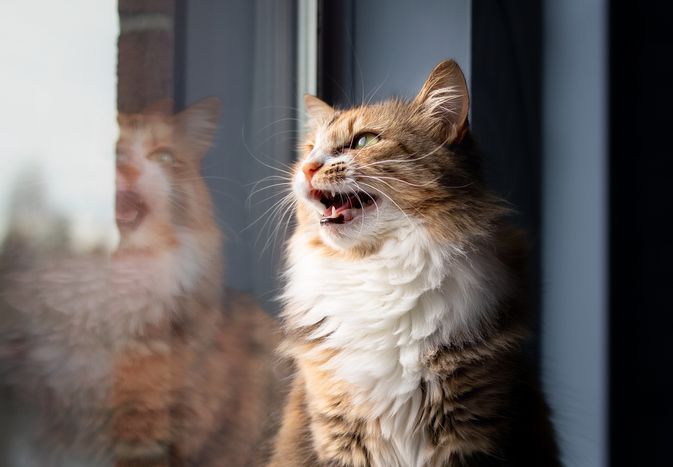

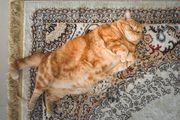
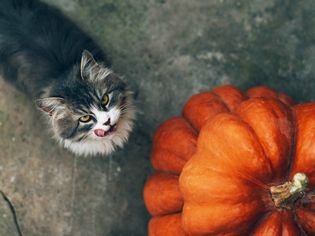
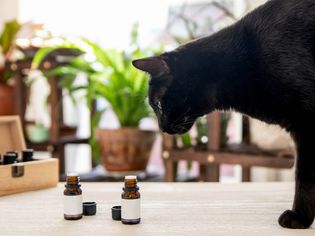
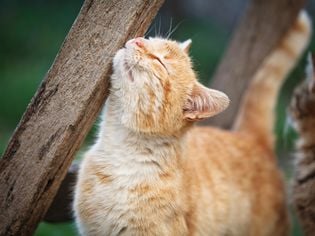
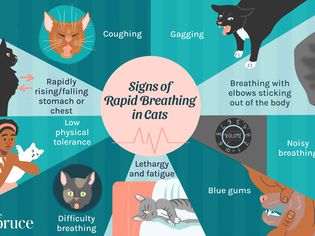

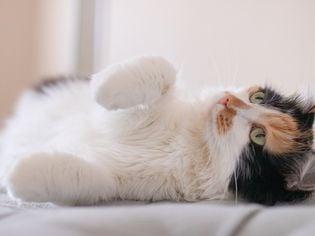
Comments on " Why Do Cats Chatter at Birds?" :